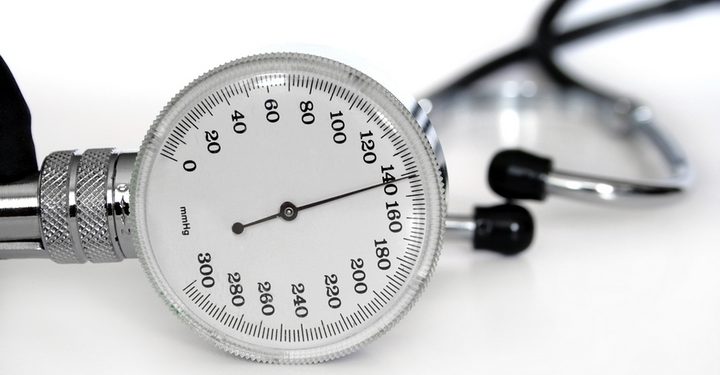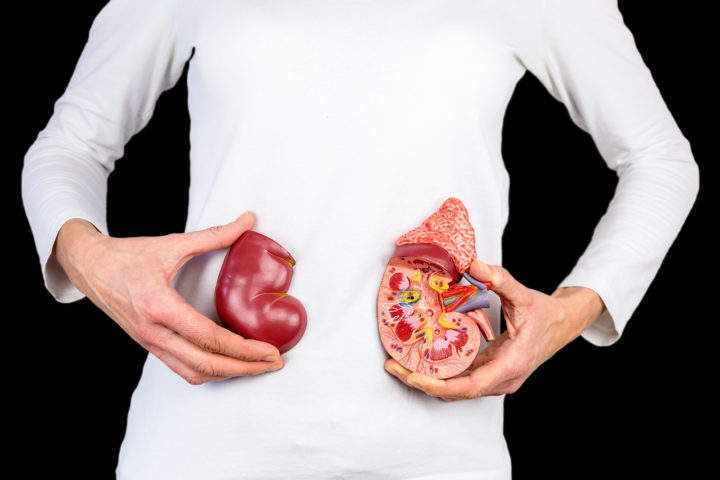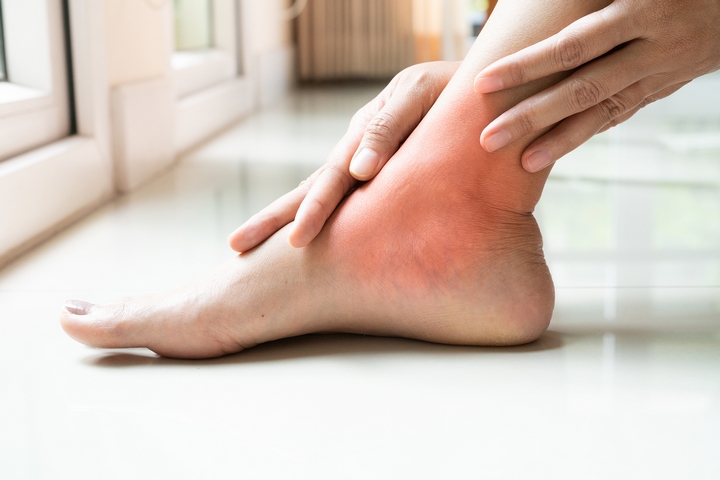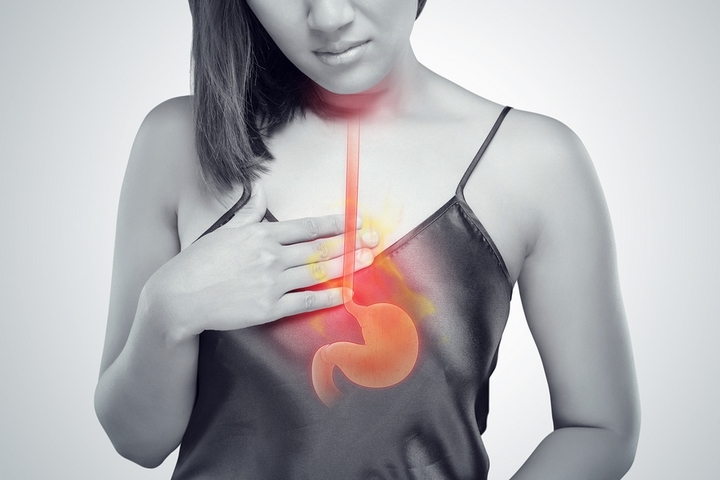8 Risks and Dangers of High Blood Pressure

High blood pressure is a common condition in which the blood flows with so much force that it damages the walls of the arteries. If not treated early, high blood pressure can eventually lead to severe complications. According to the American Heart Association, nearly half of adults in the U.S. have high blood pressure.
Here is a list of risks and dangers of high blood pressure:
1. Heart Attack

Heart attacks are one of the most common risks and dangers of high blood pressure. When the blood pressure is high, the coronary arteries that serve the heart may get damaged or, in some cases, get blocked by fat build-up, blood clots, and plaque. This blockage interferes with the circulation of blood through the heart muscle and consequently causes a deficiency of oxygen and nutrients in the heart.
This deficiency leads to damage or death to the part of the heart muscle that is not getting enough supply of oxygen and nutrients. The result is a heart attack, also referred to as myocardial infarction. If you experience acute pain or pressure in your chest area, seek medical attention to rule out a heart attack.
2. Stroke

Strokes are among the most common risks and dangers of high blood pressure. For a stroke to occur, the brain has to be deprived of sufficient oxygen and blood to aid its functions. As noted above, high blood pressure blocks blood vessels. The result is that the part of the brain that is not getting enough blood and oxygen starts to die, resulting in a stroke.
Statistics show that most strokes are ischemic, that is, a stroke caused by clogged or narrowed vessels. Where the vessels burst due to intense pressure, a hemorrhagic stroke occurs.
3. Heart Failure

This is a condition in which the heart is not able to pump blood properly. The heart of a person suffering from high blood pressure has to work extra hard to circulate blood throughout the body. This is because narrowed arteries have less elasticity. As the heart tries to adjust to the new demands, its muscles get thicker and more rigid, thus lowering the heart’s function.
4. Kidney Disease or Failed Kidneys

Prolonged or uncontrolled high blood pressure could cause the arteries surrounding the kidneys to narrow. The kidneys are generally responsible for filtering waste and excess fluids from the blood. For them to function effectively, several blood vessels are involved.
When the blood vessels are either damaged or have burst, the kidneys do not receive the oxygen and nutrients they require to carry out their functions. Often, patients who suffer from kidney disease or failure have battled with high blood pressure.
5. Vision Loss

Just like other blood vessels, those in the eyes can also get damaged due to high blood pressure. Retinopathy is an eye condition caused by damaged eye blood vessels. It results in bleeding in the eyes, blurred vision, or total vision loss.
Other eye conditions attributed to high blood pressure include choroidopathy, which causes distorted or impaired vision, and optic neuropathy, which kills the nerve cells in the eyes and may also cause bleeding within the eyes, or a total loss of sight.
6. Peripheral Artery Disease (PAD)

Symptoms of PAD include painful leg and hip cramps while walking. The pain, however, goes away as soon as you stop moving. When left untreated for an extended period, high blood pressure could cause damage to the arteries in your lower limbs. This means that your legs and feet do not get enough supply of blood, which translates into an inadequate supply of oxygen and energy, making it painful to move them.
Patients who suffer from PAD have feet that are much colder than the rest of the body and may also experience hair loss and sores that do not heal quickly.
7. Angina

Generally, angina is not a disease; it is, however, an indicator of a heart problem. Often, it is experienced as pain or pressure in the chest that is usually as a result of insufficient oxygen to the heart. In some instances, angina has been misdiagnosed as indigestion. The various types of angina include stable angina, unstable angina, microvascular angina, and variant angina. Symptoms of angina include nausea, fatigue, and shortness of breath, sweating, and dizziness. They, however, vary according to the type of angina one has.
8. Sexual Dysfunction

Most people believe that erectile dysfunction and a decrease in libido is solely a result of hormonal imbalances. This, however, is not always the case. High blood pressure may also cause sexual dysfunction. Since blood vessel damage from high blood pressure reduces blood flow throughout the body, it may affect the sex lives of both men and women, although its effects are more apparent in men than in women.
Evidently, high blood pressure should not be taken lightly. As soon as you start to see the red flags, call your doctor. Remember, prevention is always better than cure.


